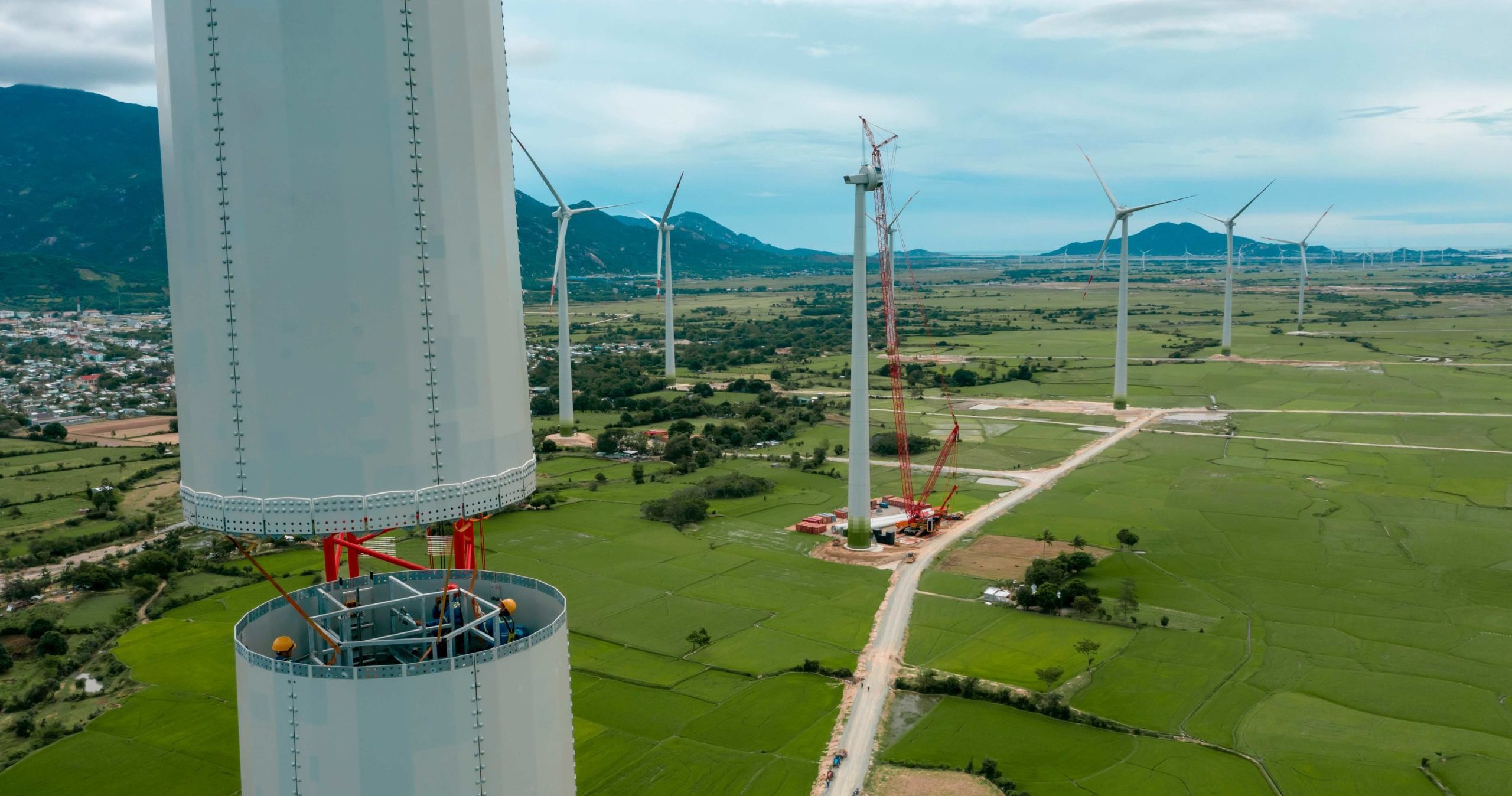The Labour Forecasting Tool (LFT) is a resource for exploring workforce trends in the engineering construction industry’s (ECI) different sectors.
It is important that the overview is read before reviewing the data on this tool.

“The Labour Forecasting Tool is a first of its kind. Using data on this scale has not been done before in the ECI and will enable us to build a much better picture of future labour needs.
“Having this new source of evidence will better inform decision-making about what we do and how we support the industry to address these labour needs.”
Andrew Hockey
ECITB Chief Executive
Key insights from the Labour Forecasting Tool based on current forecasts
- Demand within the engineering construction industry could peak as early as 2028.
- Around 40,000 additional workers could be needed on top of the existing supply of 101,000, taking into account retirements.
- This could represent a 28% increase in demand between 2023 and 2028.
- Should labour demand be met each year, 2024 will be a pivotal year, with nearly 8,000 additional workers potentially needed to meet demand.
- 40% of these workers could be required to work on offshore wind projects.
- A further 25% could work on the pre-construction phases of hydrogen and carbon capture projects.
- Failure to meet demand in 2024 could lead to delays and could shift the pressure to subsequent years. This could ultimately push the peak back, which in turn would have an impact on the delivery of projects which underpin the UK’s net zero commitments.
LFT findings
Read our summary of the key findings and considerations, including a sectoral breakdown for oil and gas, nuclear, renewables and carbon capture and hydrogen as of 4 December 2023.
Labour Forecasting Tool insights reportAnalyse the Labour Forecasting Tool
Review the labour demand and gap analysis by clicking the links below:
Sign up for updates
Your information will be used to subscribe you to our e-newsletter.
For more information, please see our Privacy Notice.

